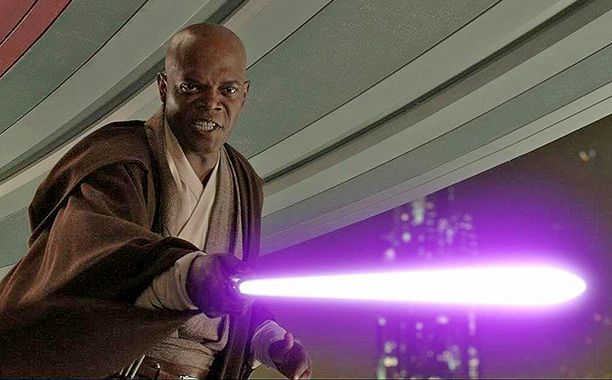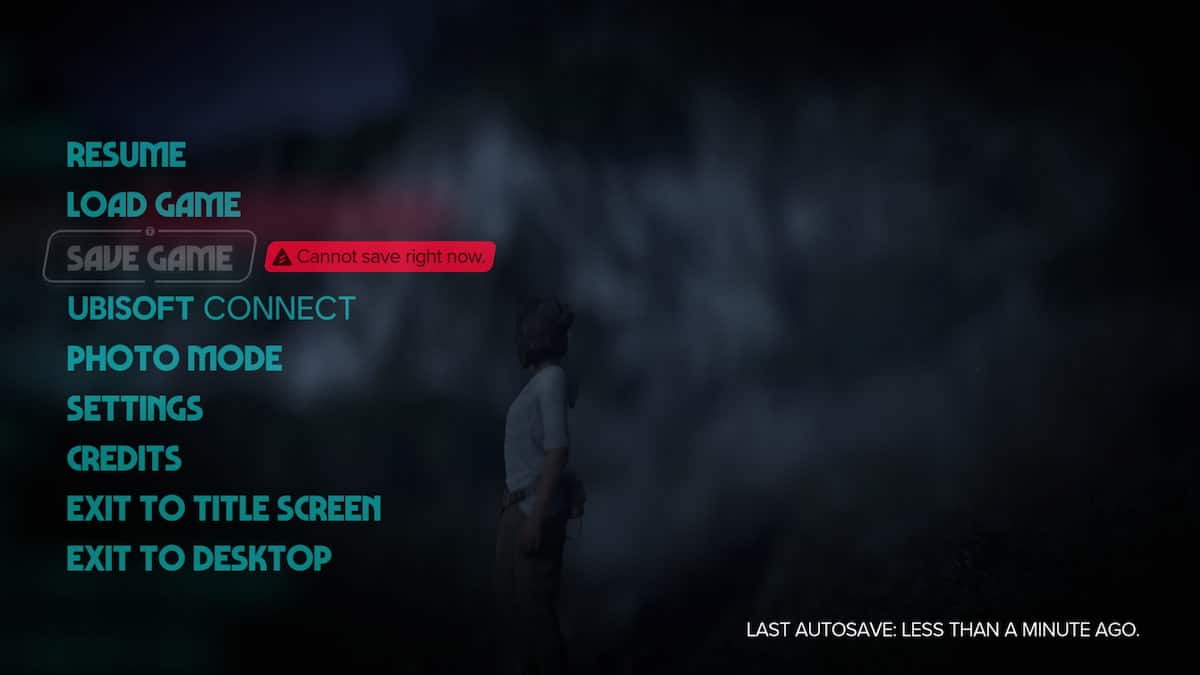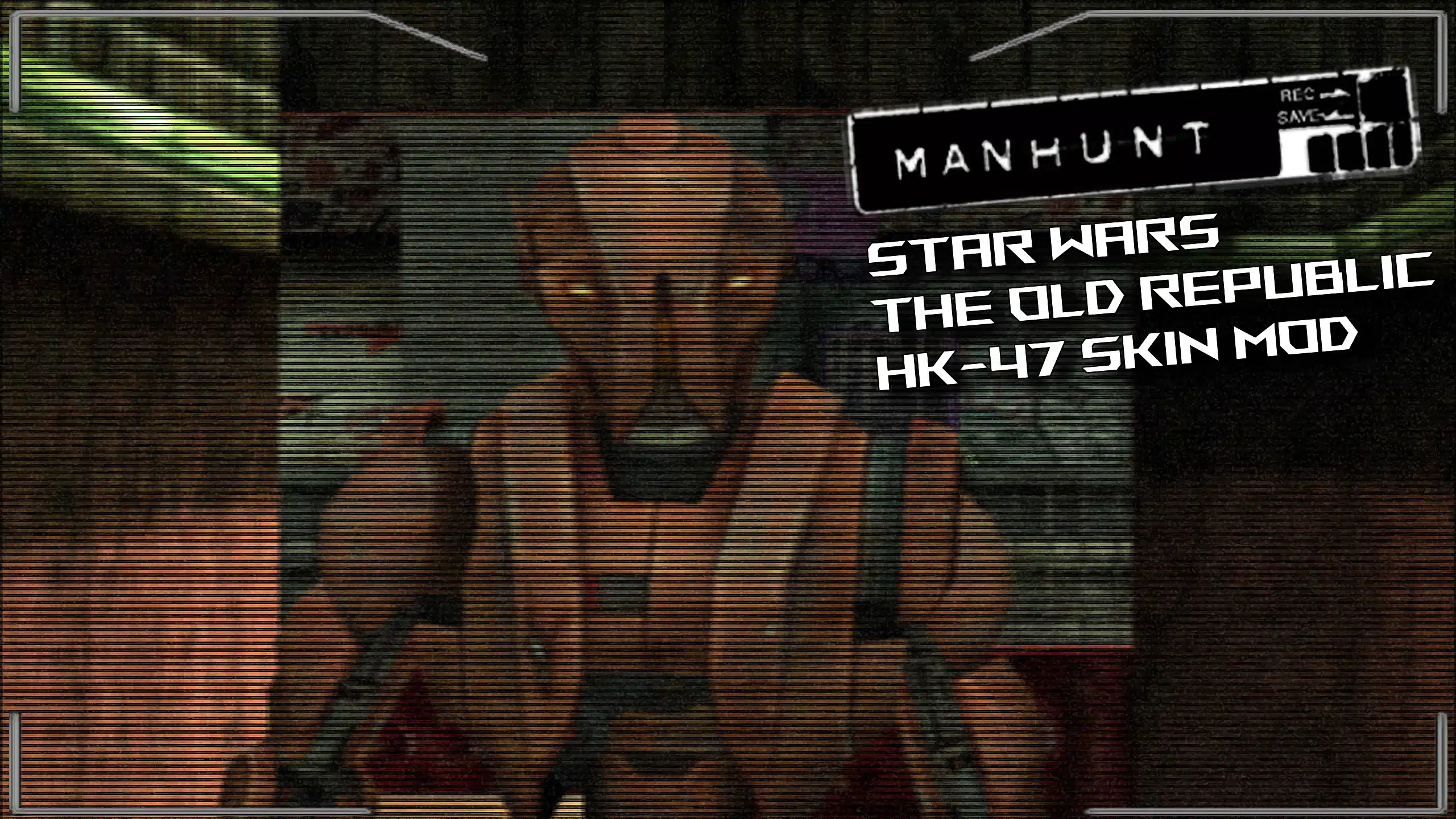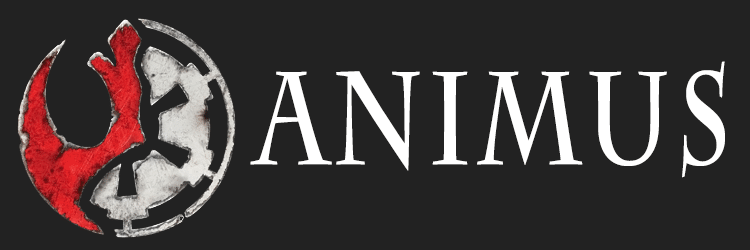Mace Windu, one of the most powerful and respected Jedi in the Star Wars saga, was instrumental in the fight against the dark side of the Force. His death was a turning point in the fall of the Jedi Order, marking the rise of Emperor Palpatine and the beginning of Anakin Skywalker’s transformation into Darth Vader. But how did Mace Windu die? Let’s explore the events leading up to his death, his pivotal final moments, and the lasting impact of his demise on the galaxy.
Who Was Mace Windu?
Before diving into how Mace Windu died, it’s essential to understand who he was. Mace Windu was a Jedi Master and one of the leading members of the Jedi High Council. His wisdom, combat skills, and deep connection to the Force made him a significant figure within the Jedi Order.
What made Windu particularly unique was his mastery of Form VII lightsaber combat, also known as Vaapad. This style of fighting allowed him to channel his inner darkness without succumbing to it, making him a formidable opponent against Sith Lords. Windu’s character was known for his unwavering belief in the Jedi Code and his dedication to maintaining peace in the galaxy.
The Rise of Emperor Palpatine: A Deadly Confrontation
The story of how Mace Windu died is tied directly to the rise of Emperor Palpatine, also known as Darth Sidious. In Revenge of the Sith, Palpatine had been orchestrating a secret plan to dismantle the Jedi Order and take control of the galaxy for years. He manipulated events to his advantage, including turning Anakin Skywalker against the Jedi.
When Anakin revealed that Palpatine was the Sith Lord they had been searching for, Mace Windu led a team of Jedi Masters to confront and arrest him. This showdown took place in Palpatine’s office, and what followed was one of the most pivotal moments in Star Wars history.

How Did Mace Windu Die? The Battle with Palpatine
So, how did Mace Windu die? His death occurred during a fierce lightsaber duel with Emperor Palpatine in Revenge of the Sith. After discovering that Palpatine was the Sith Lord, Windu attempted to arrest him, leading to a lightsaber battle between Windu and the Emperor. During the fight, Palpatine quickly dispatched the other Jedi Masters who accompanied Windu, leaving the Jedi Master to face the Sith Lord alone.
Windu’s mastery of Vaapad gave him the upper hand in the duel. In an intense exchange, Windu managed to disarm Palpatine and hold him at lightsaber point. Palpatine, now pretending to be defenseless, used this moment to manipulate Anakin, who had arrived during the battle. Palpatine convinced Anakin that Windu was going to kill him and that only he could save Padmé Amidala, playing on Anakin’s fears of losing her.
Just as Windu prepared to deliver the final blow to Palpatine, Anakin intervened, cutting off Windu’s hand. This moment of betrayal gave Palpatine the opportunity he needed. With Windu disarmed and defenseless, Palpatine unleashed a torrent of Force lightning, blasting Windu through a window and sending him plummeting to his apparent death in the streets of Coruscant.
The Unanswered Question: Did Mace Windu Really Die?
While it seems clear that Mace Windu died after being struck by Palpatine’s Force lightning and falling from a great height, some fans have speculated about whether Windu truly perished. After all, other Jedi have survived significant falls or similar situations, such as Luke Skywalker in The Empire Strikes Back. Could Mace Windu have survived the fall and lived in hiding? While there is no official confirmation of this, the mystery surrounding his fate has fueled fan theories for years.
That said, in the context of the movies, Mace Windu’s death marks the beginning of the end for the Jedi Order. His demise allowed Palpatine to fully consolidate power and execute Order 66, leading to the near extinction of the Jedi and the rise of the Galactic Empire.
The Symbolism of Mace Windu’s Death
Mace Windu’s death carries significant symbolism in the Star Wars saga. As one of the strongest defenders of the Jedi Code, Windu represented the last line of defense against the Sith’s rise to power. His fall marked not just the physical defeat of one of the greatest Jedi but also the philosophical failure of the Jedi Order to stop the corruption within the Galactic Republic.
Windu’s decision to execute Palpatine, even if for the greater good, also represents the Jedi’s increasing moral compromise during the Clone Wars. Windu, who had always been a firm believer in the Jedi’s role as peacekeepers, was pushed to the edge by the discovery of the Sith Lord. His choice to kill Palpatine, though justified in the moment, symbolized the blurring of lines between good and evil, as even the Jedi had become enmeshed in the conflict.
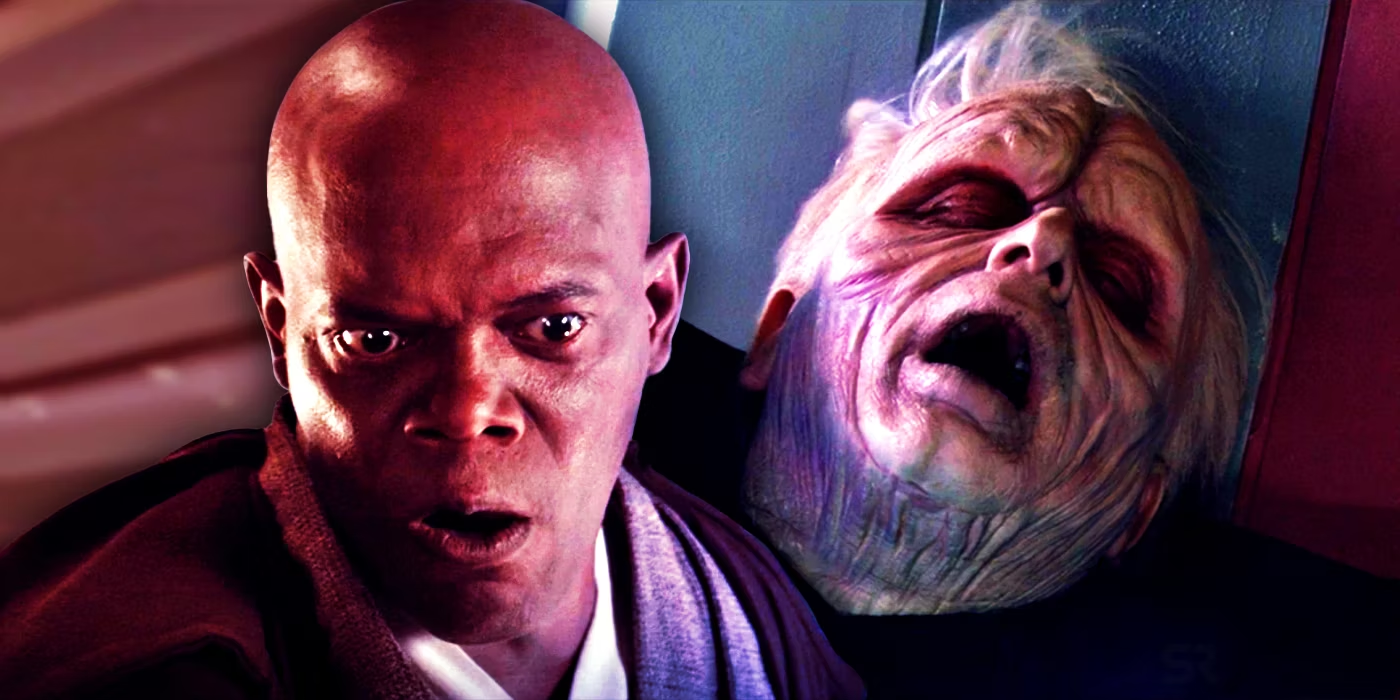
The Impact of Mace Windu’s Death on the Galaxy
Mace Windu’s death had a profound impact on the galaxy, particularly in the events that immediately followed. His death was the catalyst that allowed Palpatine to declare the Jedi as enemies of the state and initiate Order 66, leading to the execution of nearly all Jedi across the galaxy. Without Windu’s leadership, the Jedi were left in disarray, and Palpatine was able to establish himself as Emperor without further opposition.
For Anakin Skywalker, Windu’s death was the final step in his transformation into Darth Vader. His betrayal of Windu solidified his allegiance to Palpatine, and the guilt of his actions pushed him deeper into the dark side. Windu’s death was not just a physical defeat—it was the death of the Jedi Order’s last hope of stopping the Sith before it was too late.
Conclusion: How Did Mace Windu Die?
So, how did Mace Windu die? He died after a duel with Emperor Palpatine, where he was disarmed by Anakin Skywalker and subsequently struck by Palpatine’s Force lightning. Windu was blasted out of a window and fell to his apparent death in the streets of Coruscant. His death marked the fall of the Jedi Order and the rise of the Empire, leaving a lasting impact on the galaxy and forever changing the fate of Anakin Skywalker.
Mace Windu’s death remains one of the most significant moments in Star Wars history, symbolizing the end of the Jedi’s power and the beginning of the Sith’s reign.


